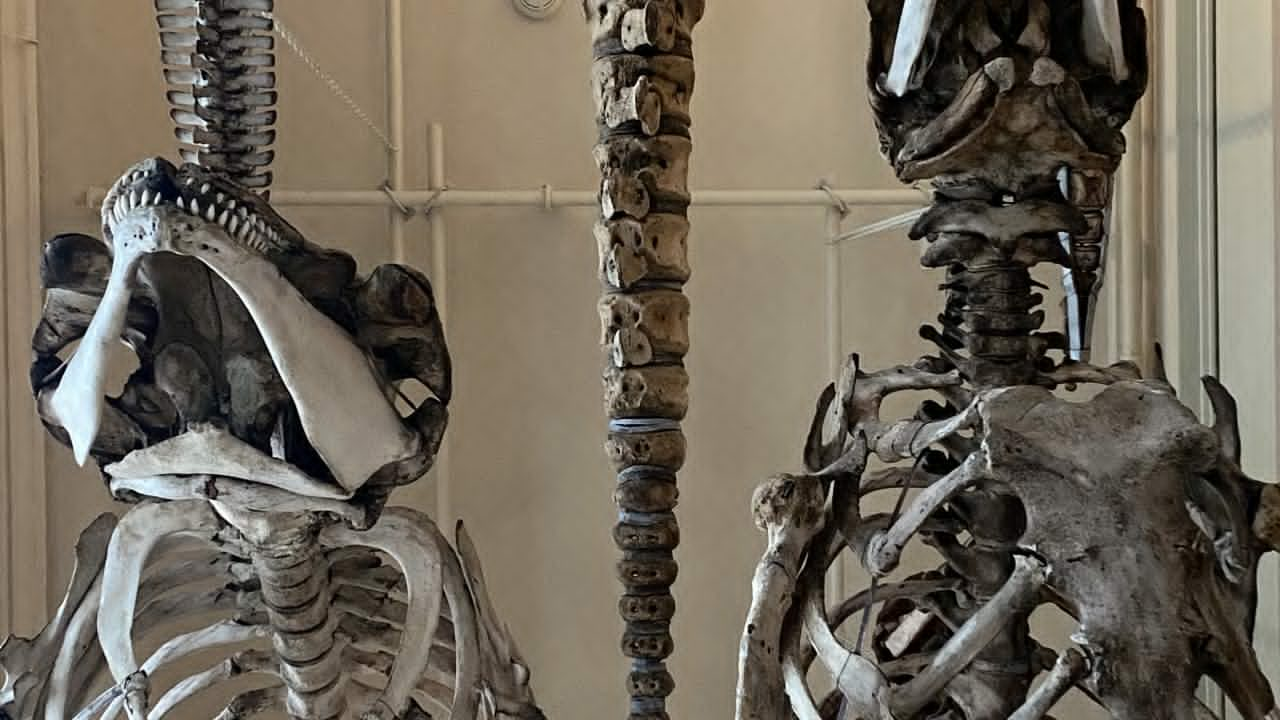It all began with a meeting of two palaeontologists in Berlin. The year was 1864 when Edward Drinker Cope met Charles Othniel Marsh. At first, the two were on very good terms, naming several species they discovered, after each other. However, the two quickly lost their fondness due mainly to the other’s personality. Cope was well-known to be quick to anger and always on the lookout for a fight, preferring to rush ahead with his work. Marsh, on the other hand, was slower and more methodical. Another cause of their souring relations was their scientific beliefs. Cope believed in the theory of Neo-Lamarckism, that an organism would pass on to its offspring characteristics that it either gained or lost due to use or misuse during its lifetime. Basically, that living things evolved in a continuously upward manner, towards “perfection.
Opposing this was Marsh’s belief in Darwin’s theory of evolution. Due to these opposing viewpoints, the two looked down on each other. As one person at the time put it, "The patrician Edward may have considered Marsh, not quite a gentleman. The academic Othniel probably regarded Cope as not quite a professional.”
The two also came from very different backgrounds. While Cope was born to wealthy nobility and was easily able to invest resources into becoming a well-respected figure in the naturalist community, Marsh was born poor and without means. He was only able to pursue his dream of palaeontology when his benefactor uncle, George Peabody, opened a museum and placed him in charge of it. A few years later his uncle passed away and this gave him enough money to live quite comfortably, although he would remain a lifelong bachelor.
At one point in their respective careers, they went to one of Cope’s fossil pits in New Jersey. This was quite early in the paleontological era and the pit was still rich with fossils. There had already been one species of dinosaur, named the Hadrosaurus. This dinosaur was remarkable in two accounts; it was the most complete skeleton ever found at that point in history, and would later become the very first dinosaur skeleton ever put on display. The two men were amiable towards each other during the period of excavation from the pit, but as they were leaving Marsh, in an underhanded move, bribed the pit operators to divert future fossil finds to him instead of Cope. This move would kick off the public rivalry between the two and spark the period known as the Bone Wars (or the great dinosaur rush.
During the period of the Bone Wars, the most famous episode occurred when Cope reconstructed the fossil of an Elasmosaurus in 1867. The fossil had been found in Kansas, and then shipped to Philadelphia for Cope to reconstruct. Marsh humiliated him by publishing a paper pointing out that the elasmosaurus’s head had been put on the wrong end of its body. Marsh had analysed other examples of discovered plesiosaurs and concluded that the order had long necks and short tales, as opposed to Cope’s reconstruction of the animal.
Cope, who had already published a paper about his discovery, attempted to cover up the mistake by going out and purchasing as many of the papers as he was able to.
The events of the bone wars weren’t all as simple and harmless as I have mentioned thus far though. It has been reported that the two men were so protective of their digging sites and finds that they would sometimes destroy or hide fossils simply so they wouldn’t fall into the other one’s hands. It is even said that the rival digging teams fought each other with stones on one occasion.
Despite all this, Cope and Marsh’s rivalry fuelled them to discover over 130 new species of dinosaurs (although some of these species have had their validity as new species called into question following their discovery). And who won the Bone Wars? Well if we’re talking in terms of sheer numbers of discoveries then the victory must be given to Marsh. He had 80 discoveries, as opposed to Cope’s 56. Nearing the end of the Wars he simply had more men and money. These two men (although a lot of the actual discoveries were made by their hired teams), propelled largely by spite, made amazing contributions to the field of palaeontology that will be relevant for generations.
